A butterfly backyard is a haven that gives nectar for grownup butterflies and host vegetation for caterpillars. This enchantingly stunning backyard shouldn’t be solely visually interesting but additionally performs a major function in supporting the life cycles of various butterfly species.
The attraction of butterfly gardens lies of their capability to draw quite a lot of fluttery company, together with butterflies, hummingbirds, and even helpful bugs.
Making a butterfly backyard entails the cautious choice of perennials, shrubs, and herbs that bloom at totally different occasions of the 12 months. This ensures a constant provide of nectar, which is essential for grownup butterflies.
Key vegetation to think about embrace milkweed, asters, lantana, pentas, butterfly bush, and zinnia. These vegetation not solely present nectar but additionally function host vegetation the place butterflies can lay their eggs.
In butterfly gardens, it’s essential to keep away from the usage of pesticides, as these can hurt each the grownup butterflies and the butterfly larvae. In truth, even Bacillus thuringiensis (BT) is dangerous towards caterpillars and isn’t beneficial.
On this article, as a grasp gardener, I’ll go over every thing it’s good to know to determine a butterfly backyard successfully and simply.
What’s Butterfly Gardening?
Butterfly gardening is a horticultural follow designed to appeal to and nurture butterflies inside a selected setting. Such a gardening not solely enhances the aesthetic enchantment of your out of doors area but additionally contributes to the conservation of those stunning creatures.
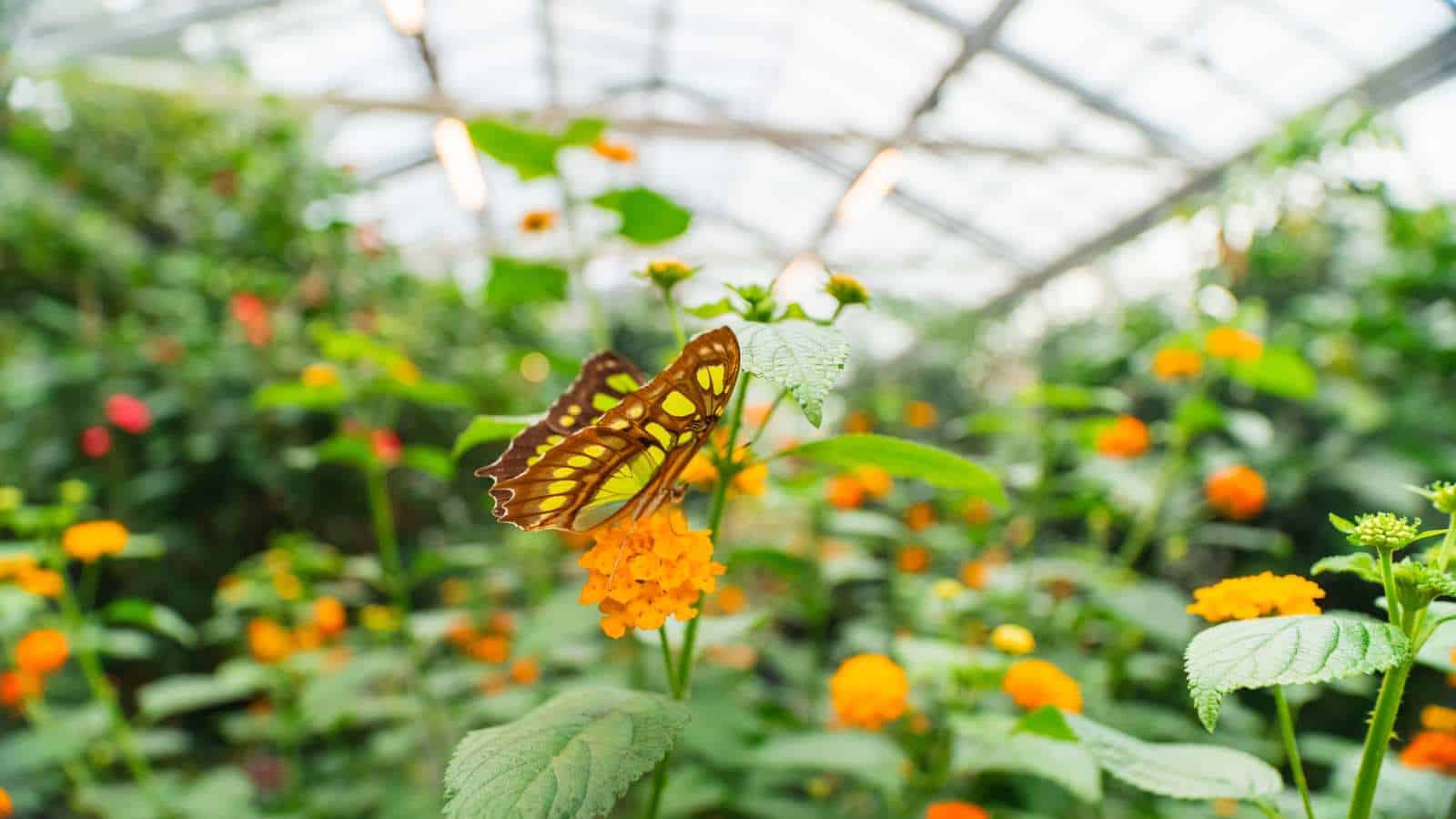
The idea of butterfly gardening is predicated on understanding the lifecycle and habitat preferences of butterflies. The lifecycle of a butterfly consists of 4 phases: egg, larva (caterpillar), pupa (chrysalis), and grownup. Every stage requires a unique set of assets for survival and development.
In butterfly gardening, the gardener creates a habitat that gives these assets. This consists of planting particular sorts of vegetation that function meals for caterpillars and nectar sources for grownup butterflies. The backyard must also present shelter, water, and sunning spots for butterflies.
Butterfly gardening isn’t just about planting flowers. It’s about fostering an ecosystem that helps all phases of a butterfly’s life. This entails cautious planning and information concerning the sorts of butterflies native to your space and the vegetation they like.
The best way to Create a Butterfly Backyard
Designating a portion of your backyard to draw and nurture butterflies is a rewarding endeavor. Not solely do butterflies add magnificence and curiosity to your out of doors area, however in addition they play an important function in pollination.
Right here’s how one can rework your backyard right into a butterfly haven.
1. Contemplate Planting Butterfly-Pleasant Flowers
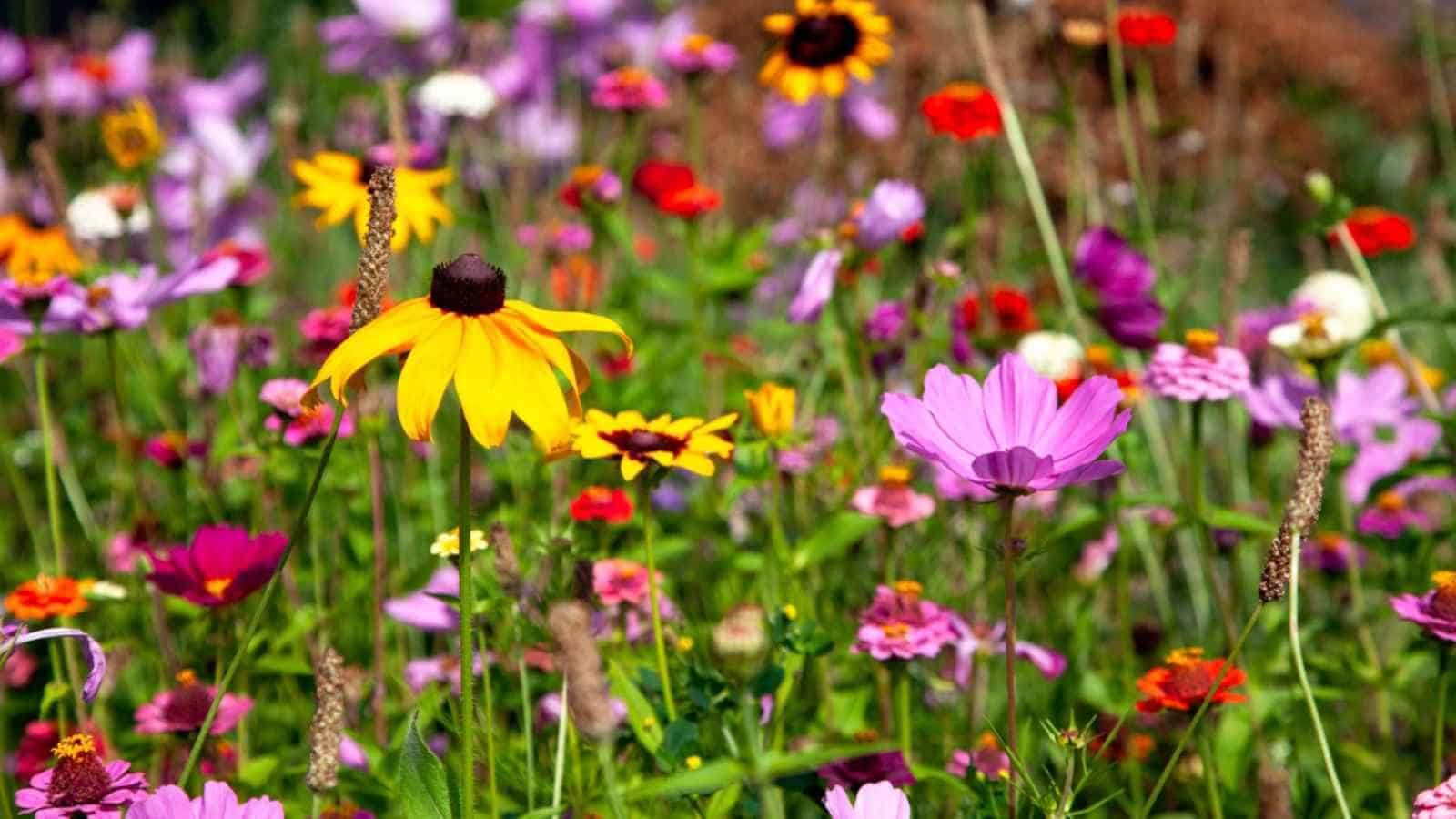
When planning a butterfly backyard, step one is to think about planting butterfly-friendly flowers. These are vegetation that not solely appeal to butterflies with their vibrant colours and aromatic scents but additionally present vital sustenance for these stunning creatures.
Perennials
Perennials are the spine of any profitable butterfly backyard. These vegetation, which return 12 months after 12 months, present a constant supply of nectar for butterflies and caterpillars.

Not like annuals, which full their life cycle in a single rising season, perennials stay for a number of years, providing a dependable meals supply and habitat for butterflies.
When choosing perennials to your butterfly backyard, it’s important to decide on quite a lot of vegetation that bloom at totally different occasions all through the rising season.
This ensures that your backyard supplies a steady provide of nectar. Some standard perennial selections for butterfly gardens embrace milkweed, coneflowers, and black-eyed Susans.
Along with offering nectar, many perennials additionally function host vegetation for caterpillars. As an example, milkweed is the one plant that Monarch caterpillars can eat, making it an important addition to any butterfly backyard.
Bear in mind, the important thing to a profitable butterfly backyard is range. By incorporating a variety of perennials, you may appeal to quite a lot of butterfly species and supply a habitat that helps their life cycle from caterpillar to butterfly.
Flowering Shrubs
Flowering shrubs are a vital part of butterfly gardens. They not solely add construction and sweetness to the backyard but additionally function a supply of nectar for grownup butterflies and hummingbirds.
Plus, some shrubs can act as host vegetation for various species of caterpillars, offering a spot for butterflies to put their eggs and for the butterfly larvae to feed and develop.
One standard selection for butterfly gardens is the butterfly bush. This perennial shrub, as its identify suggests, is a magnet for various butterfly species. It blooms in late summer season, providing a wealthy supply of nectar when many different vegetation have completed blooming.
Nevertheless, it’s essential to notice that whereas butterfly bush is enticing to grownup butterflies, it doesn’t function a bunch plant for any species of caterpillars.
Viburnum is one other wonderful selection for butterfly gardens. This shrub presents each nectar for grownup butterflies and leaves for caterpillars. Some species of Viburnum, such because the Blackhaw Viburnum, are native to Texas and are nicely tailored to its local weather and soil circumstances.
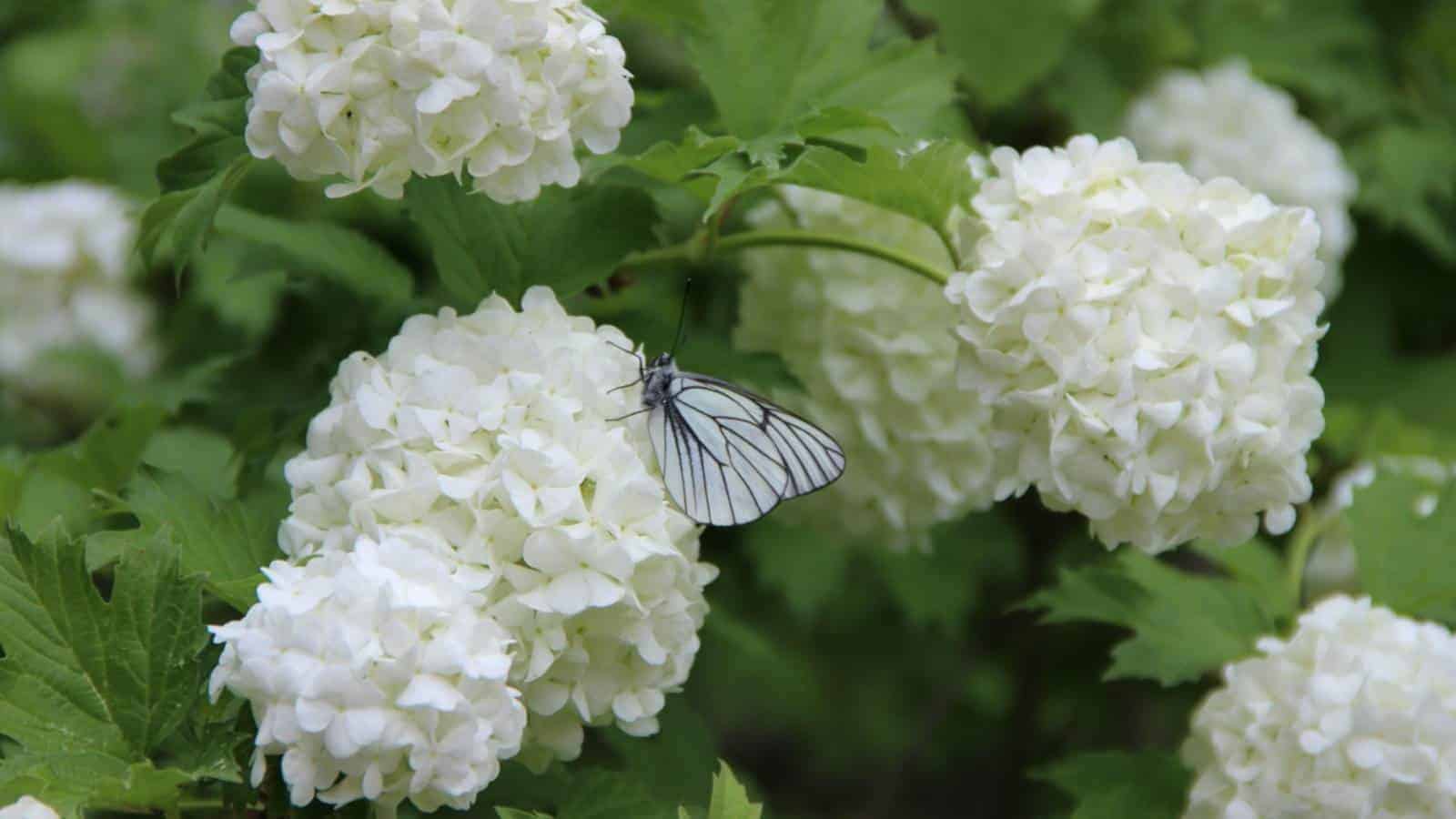
Different flowering shrubs which might be helpful to butterflies embrace lantana, pentas, and zinnia. These vegetation will not be solely stunning but additionally present a steady provide of nectar all through the rising season. Lantana and pentas are significantly enticing to butterflies and hummingbirds.
Nectar-Wealthy Flowers
Nectar-rich flowers are a vital part of any butterfly backyard. These flowers function a main meals supply for grownup butterflies, offering them with the required vitality to fly, mate, and lay eggs. The nectar from these flowers is wealthy in sugars and different vitamins, making it a significant a part of the butterfly’s eating regimen.
When choosing nectar-rich flowers to your butterfly backyard, it’s essential to think about a couple of components. To start with, goal for quite a lot of flowers that bloom at totally different occasions all year long. This can guarantee a steady provide of nectar for the butterflies, attracting them to your backyard throughout all seasons.
Plus, go for native flowers. Butterflies usually tend to be interested in and profit from the nectar of native vegetation with which they’ve co-evolved. Native flowers are additionally extra prone to be hardy and require much less upkeep, making them a sensible selection to your backyard.
Additionally, contemplate the colour and form of the flowers. Butterflies are significantly interested in vibrant colours reminiscent of pink, yellow, pink, and purple. Additionally they choose flat-topped or clustered flowers that present a touchdown platform.

Some examples of nectar-rich flowers which might be standard amongst butterflies embrace milkweed, zinnias, sunflowers, and butterfly bush. These vegetation not solely present a helpful meals supply for butterflies but additionally add magnificence and coloration to your backyard.
2. Have Flowers with Various Heights
When planning your butterfly backyard, it’s essential to think about the heights of your vegetation. Having flowers of various heights can considerably improve the general enchantment of your backyard, whereas additionally offering a extra conducive setting for butterflies.
Butterflies are interested in quite a lot of flowers, and so they are inclined to choose these which might be at totally different ranges. It’s because totally different species of butterflies have totally different preferences relating to the peak of the flowers they feed on. Some species choose low-growing flowers, whereas others are attracted to people who are increased up.
Incorporating vegetation of various heights into your butterfly backyard may also present the butterflies with extra choices for shelter and breeding. Tall vegetation can provide a protected haven from predators, whereas shorter vegetation can present an appropriate place for butterflies to put their eggs.
When choosing vegetation to your butterfly backyard, contemplate a mixture of floor cowl vegetation, medium-height flowers, and taller shrubs or timber. This is not going to solely give your backyard a extra layered and dynamic look, however it can additionally make it extra enticing to a wider vary of butterfly species.
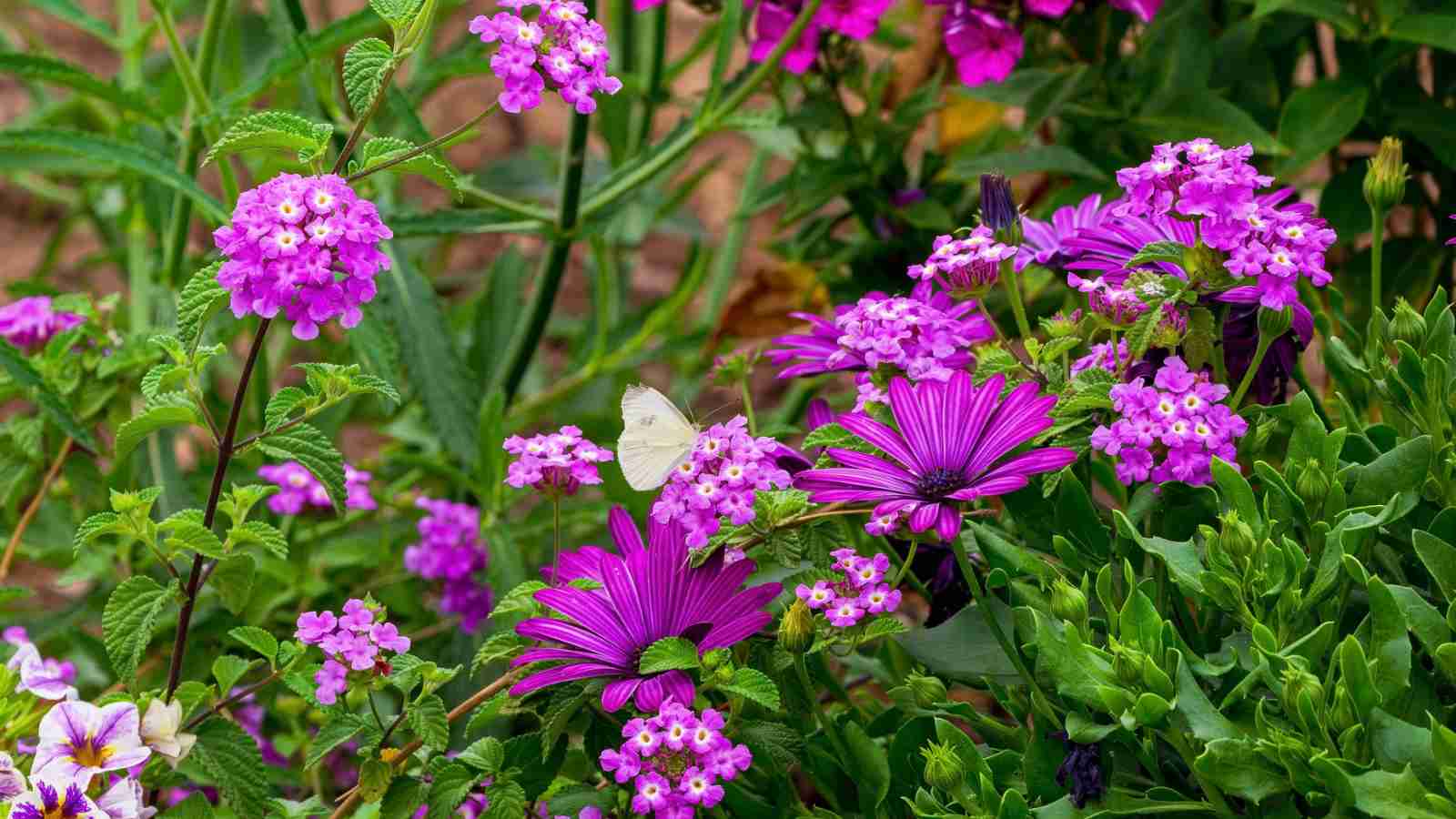
Floor cowl vegetation reminiscent of candy alyssum and phlox present a low degree of flowering vegetation for butterflies. Medium-height flowers like butterfly bush and coneflowers can function the principle attraction for butterflies. In the meantime, taller vegetation like lilacs and buddleia can present a backdrop to your backyard and a excessive perch for butterflies.
3. Add Vegetation for Butterfly Caterpillars
To draw quite a lot of butterfly species to your backyard, it’s important to include a spread of various vegetation that cater to the wants of each grownup butterflies and their larvae.
The butterfly life cycle entails 4 phases: egg, caterpillar (larvae), pupa (cocoon), and grownup. Every stage requires particular vegetation for survival.
Butterflies lay their eggs on what are often known as host vegetation. These vegetation present the required meals for the rising caterpillars. Completely different butterfly species lay their eggs on totally different host vegetation. As an example, the Monarch butterfly lays its eggs on milkweed, the one plant its caterpillars can eat.
When choosing vegetation to your butterfly backyard, contemplate together with quite a lot of perennials, shrubs, and herbs that function host vegetation. Dill, for instance, is a bunch plant for the Black Swallowtail butterfly. Different herbs, reminiscent of parsley and fennel, additionally appeal to this species of caterpillars.

Willow, cherry, and plum timber are host vegetation for a number of butterfly species, together with the Purple-spotted Purple and the Viceroy. If in case you have area, these timber could make an exquisite and helpful addition to your butterfly backyard.
Along with host vegetation, it’s additionally essential to incorporate nectar-rich vegetation for grownup butterflies. Perennials like asters, daisies, and zinnias bloom in late summer season and supply a helpful meals supply for butterflies. Shrubs reminiscent of butterfly bush, lantana, and viburnum are additionally wonderful selections.
4. Select a Sunny Location
Selecting the best location to your butterfly backyard is essential for its success. Butterflies are cold-blooded creatures, which implies they depend on the setting to control their physique temperature. They want the solar to heat their our bodies for flight. Subsequently, a sunny location is good for a butterfly backyard.
The vast majority of vegetation that appeal to butterflies additionally require full solar publicity to thrive. Full solar publicity means the world receives a minimum of six hours of direct daylight every day. When choosing a location to your butterfly backyard, contemplate the solar’s path all through the day. The location shouldn’t be shaded by buildings or timber throughout peak solar hours.
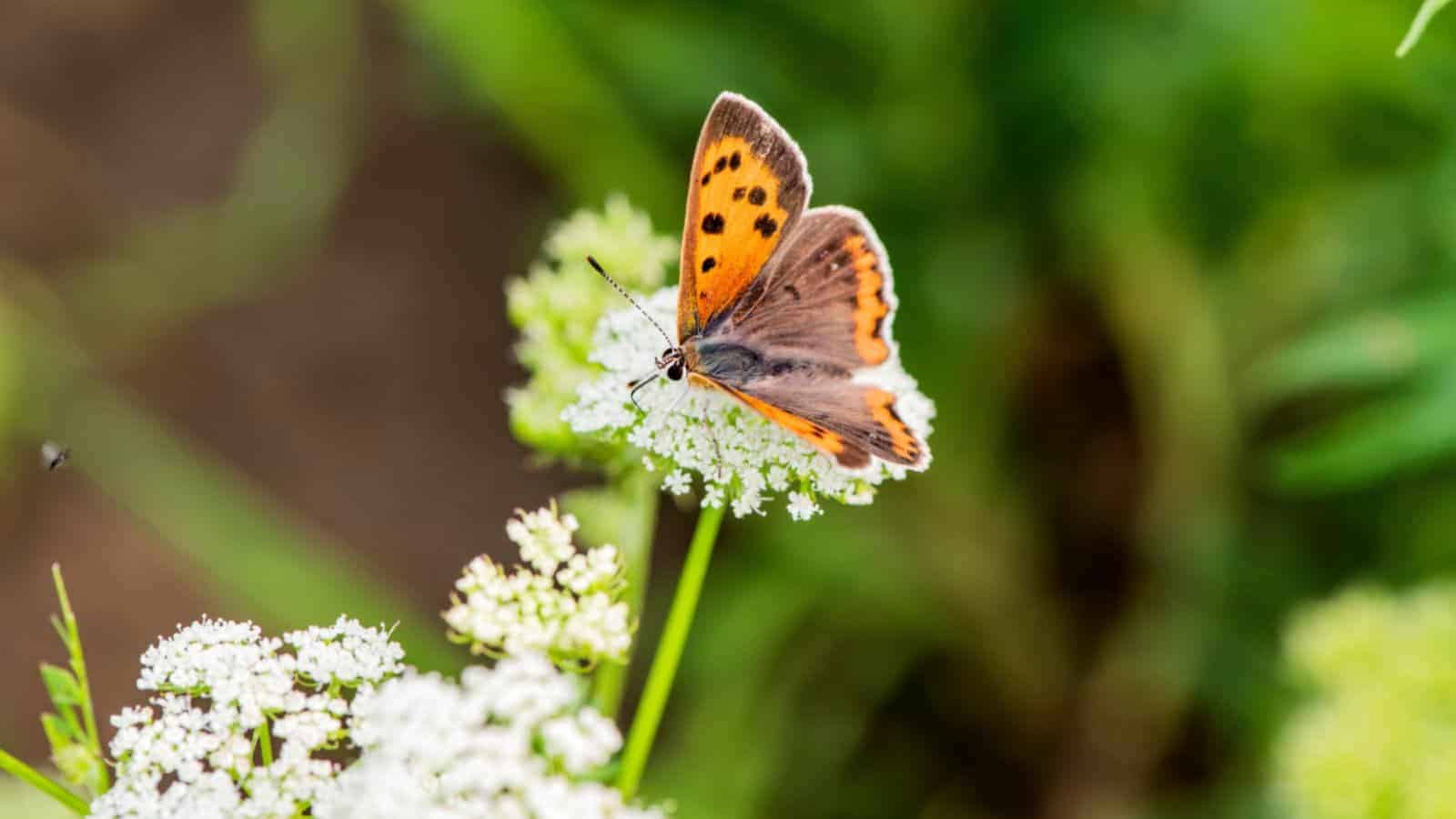
Along with daylight, butterflies additionally want safety from robust winds. Wind could make it troublesome for butterflies to feed and lay eggs. Subsequently, if the chosen location is uncovered to robust winds, contemplate including a windbreak. This might be a fence, a row of shrubs, or a backyard wall.
5. Set Up Shelter Areas
Butterflies are delicate creatures that require particular circumstances to thrive. One of the crucial essential points of a profitable butterfly backyard is offering enough shelter areas.
These areas serve a number of functions, together with safety from predators, harsh climate circumstances, and a spot for butterflies to relaxation and breed.
Step one in establishing butterfly shelter areas is to know the sorts of shelters butterflies choose. Butterflies are typically interested in areas that provide a mixture of daylight and shade.
They want the solar to heat their our bodies for flight, but additionally require shaded areas to guard them from overheating. Subsequently, strategically putting your vegetation to offer each solar and shade is crucial.
One other essential issue to think about is the construction of the shelter. Butterflies choose areas which might be protected against the wind. This may be achieved by utilizing dense shrubs or timber to kind a windbreak.
Plus, butterflies want locations to roost at night time and through dangerous climate. Offering flat stones or logs in a shelter space offers butterflies a spot to relaxation.
6. Provide Various Butterfly Meals
Whereas nectar from blooming flowers is the first meals supply for grownup butterflies, in addition they profit from different meals sources.
Providing quite a lot of butterfly meals not solely attracts a wider vary of species to your backyard but additionally ensures that they obtain a balanced eating regimen, contributing to their total well being and longevity.
One different meals supply is ripe fruit. Butterflies are significantly keen on candy, overripe fruits reminiscent of bananas, oranges, and watermelons.
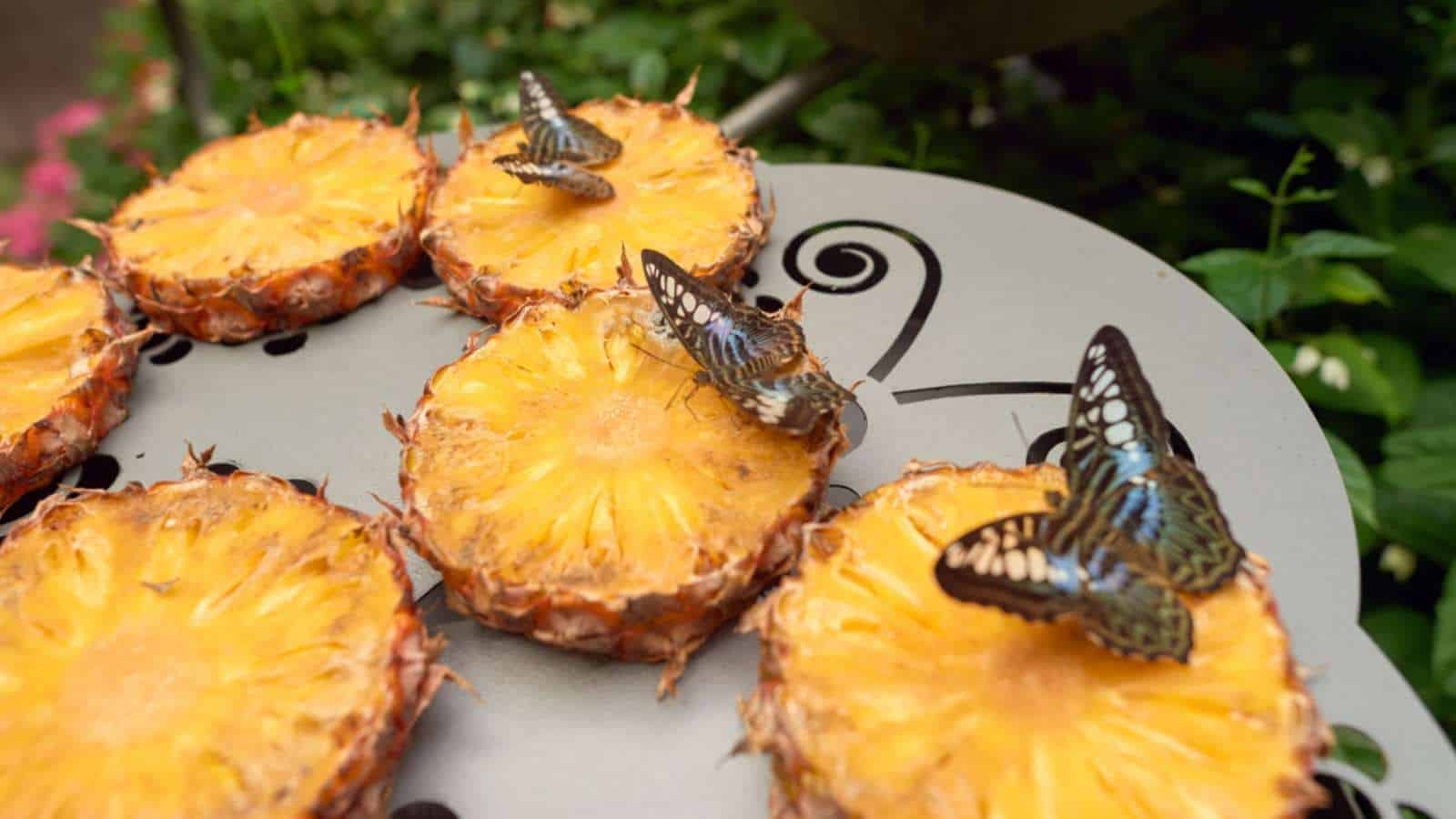
You’ll be able to merely place the fruit in a shallow dish and place it in a quiet, sunny spot in your backyard. Make sure you substitute the fruit as soon as it begins to mildew.
One other different is a do-it-yourself butterfly feeder stuffed with a sugar resolution. To make this, dissolve one half granulated sugar in 4 components water. Boil the combination for a couple of minutes till the sugar is totally dissolved, then let it cool. Fill a shallow dish or sponge with the answer and place it in your backyard. The candy liquid will appeal to butterflies, offering them with a helpful vitality supply.
Butterflies additionally want minerals and salts, which they normally get from damp soil. To supply this, you may make a butterfly puddling station. Fill a shallow dish with sand, add a pinch of desk salt or a little bit of compost or manure, and preserve the sand damp.
Male butterflies, specifically, will flock to those puddling stations to soak up the salts and amino acids they want for profitable mating.
7. Present Butterfly Puddling Stations
Butterflies will not be solely interested in the colourful colours and candy nectar of flowers, however in addition they require different sources of vitamins for his or her survival and replica. One such supply is a puddling station.
Puddling is a habits exhibited by butterflies, significantly males, during which they collect on moist sand, mud, or soil to drink water and extract minerals. These minerals, reminiscent of salts and amino acids, are important for his or her replica.

To supply a puddling station in your butterfly backyard, you may merely fill a shallow dish or container with a mix of sand and water. You can too add a pinch of desk salt or a little bit of compost to counterpoint the combination with minerals. Be certain that to maintain the sand moist always.
Place the puddling station in a sunny spot, ideally close to the nectar-rich flowers. This can enable the butterflies to simply discover the station whereas they’re foraging for meals.
Bear in mind, the purpose is to imitate the pure habitats of butterflies as intently as attainable. Offering a puddling station is a straightforward but efficient approach to appeal to extra butterflies to your backyard and guarantee they’ve every thing they should thrive.
8. Keep away from Pesticides That Hurt Butterflies
Within the pursuit of sustaining a vibrant and wholesome butterfly backyard, it’s essential to keep away from the usage of dangerous pesticides. Pesticides, whereas efficient in eliminating undesirable pests, will also be detrimental to the life cycles of butterflies, from the eggs to the grownup butterflies.
Pesticides, significantly these which might be broad-spectrum, could be extremely poisonous to butterflies. They not solely kill off the grownup butterflies however may also have detrimental results on the larvae and eggs. This may considerably cut back the butterfly inhabitants in your backyard, thereby affecting the general well being and aesthetic enchantment of your backyard.
As an alternative of utilizing dangerous pesticides, contemplate adopting extra butterfly-friendly pest management strategies. One such technique is the usage of organic controls, reminiscent of helpful bugs that prey on dangerous pests.
Ladybugs, spiders, and sure sorts of wasps are pure predators of many backyard pests and pose no risk to butterflies.
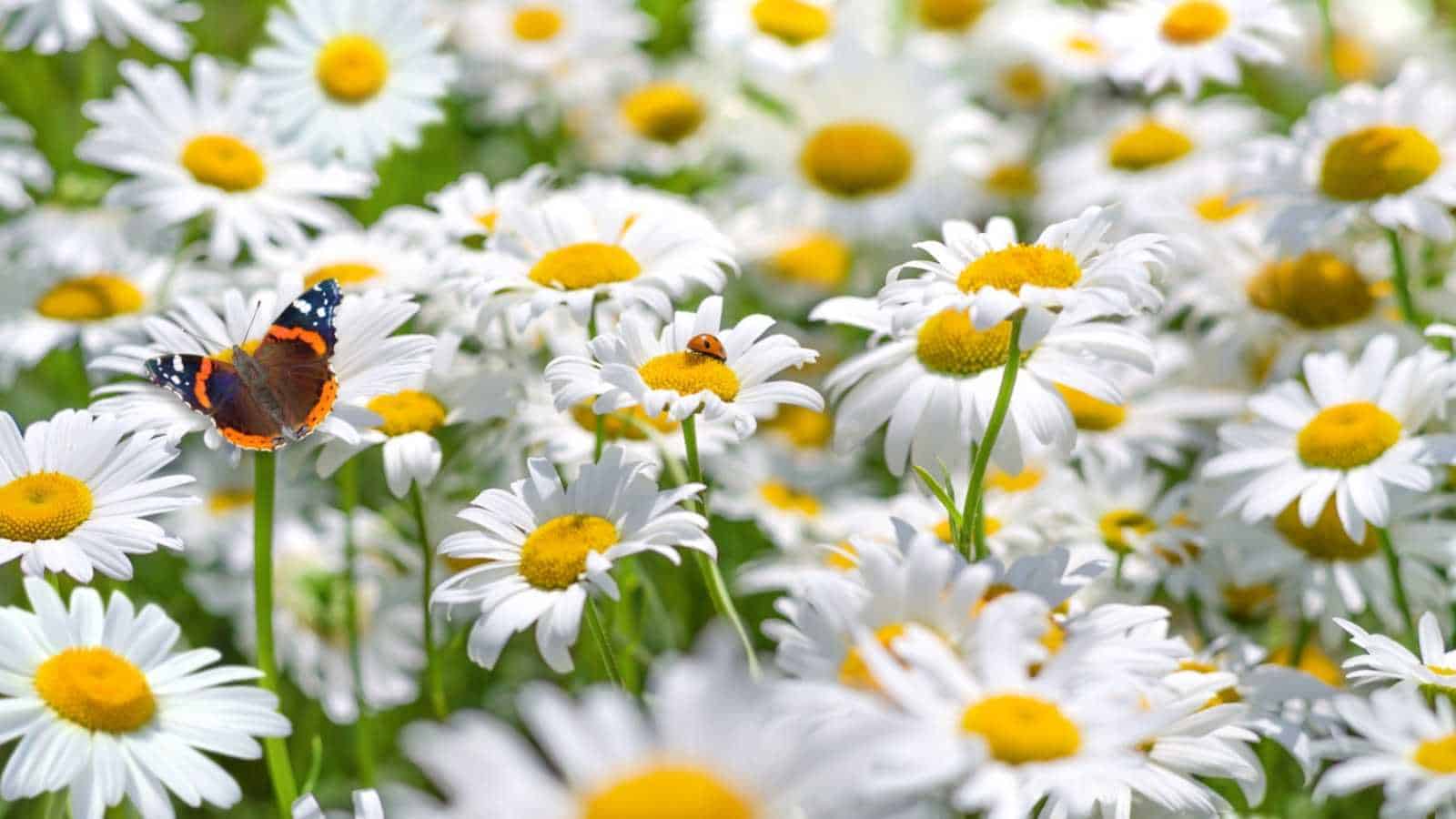
One other efficient technique is the usage of natural or pure pesticides. These are derived from vegetation and minerals and are much less dangerous to butterflies. Nevertheless, they need to nonetheless be used sparingly and solely as a final resort.
Plus, practising good backyard hygiene may also assist preserve pest populations in test. Often take away useless leaves and different backyard particles, as these can typically harbor pests. Additionally, guarantee your vegetation are wholesome, as robust, vigorous vegetation are much less prone to be attacked by pests.
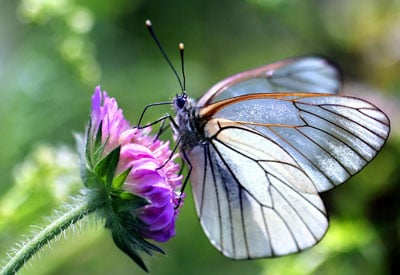
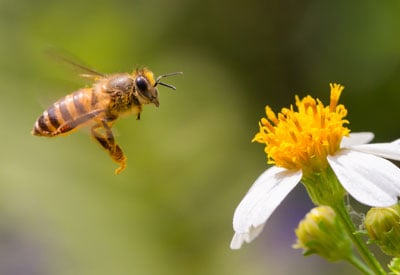
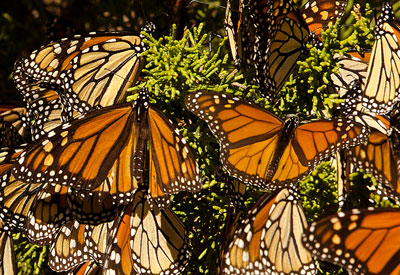
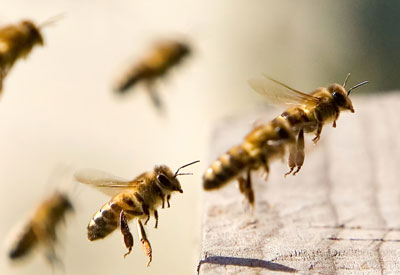
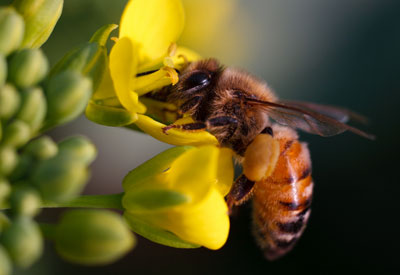
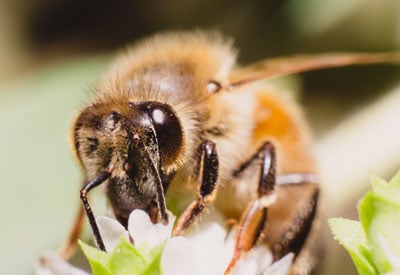
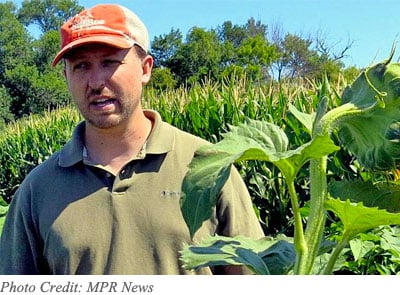
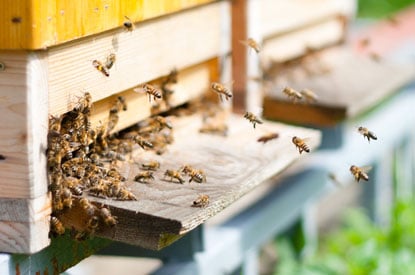
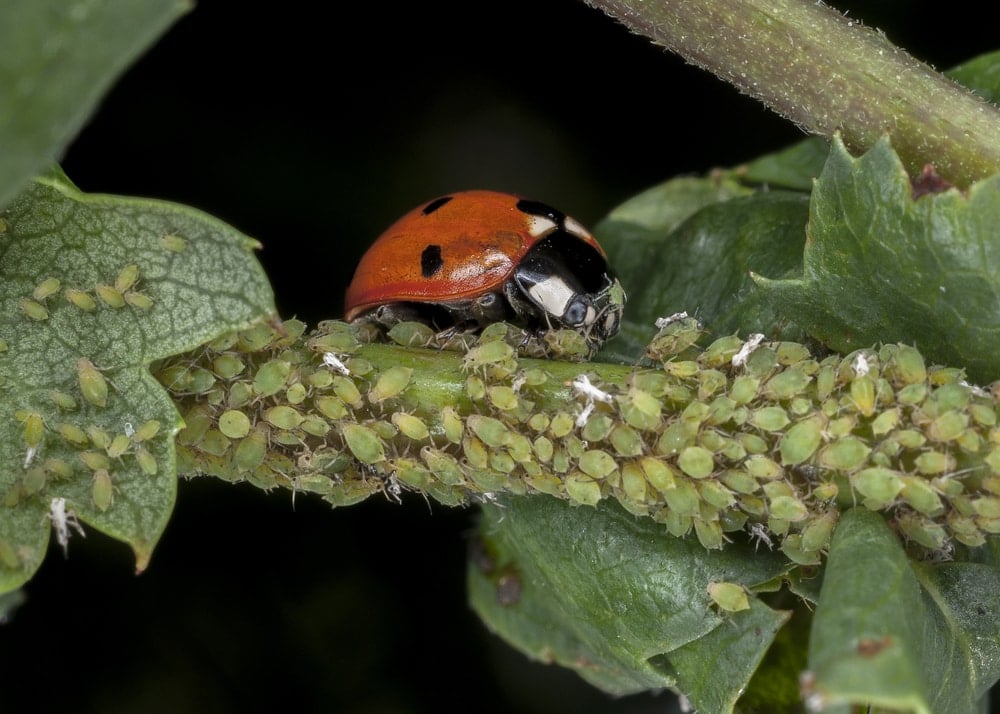
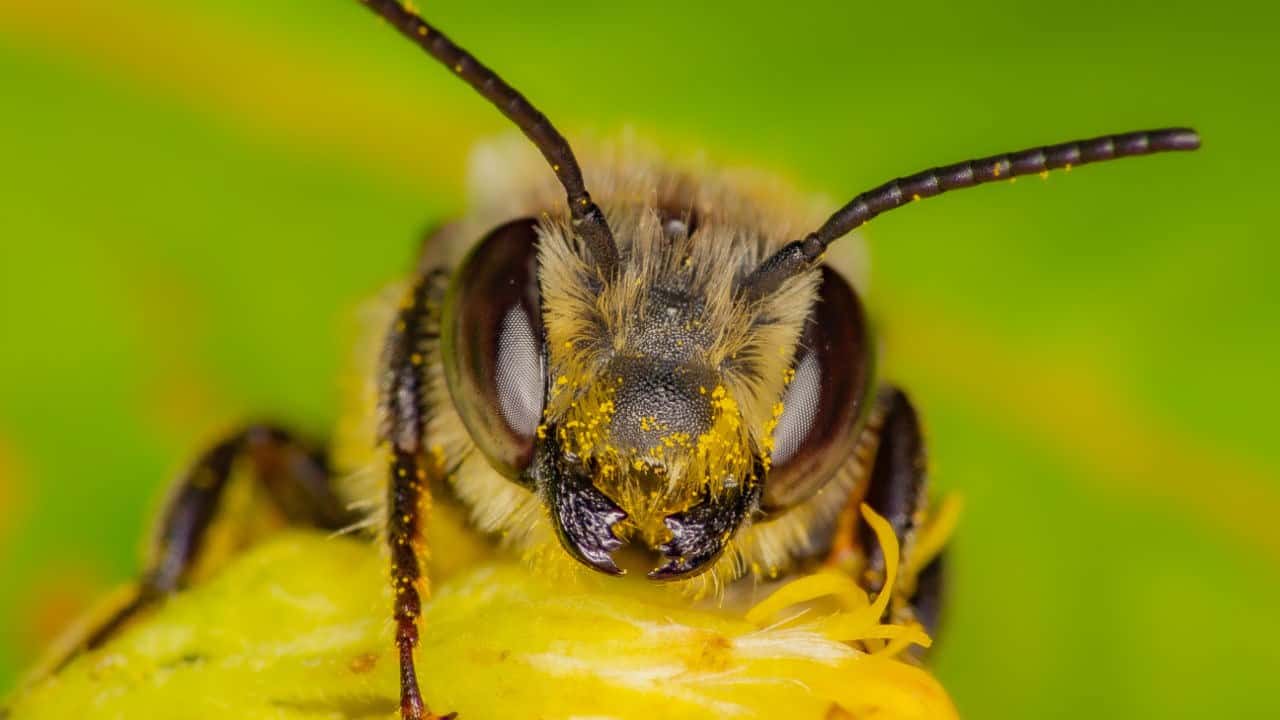
Leave a Reply